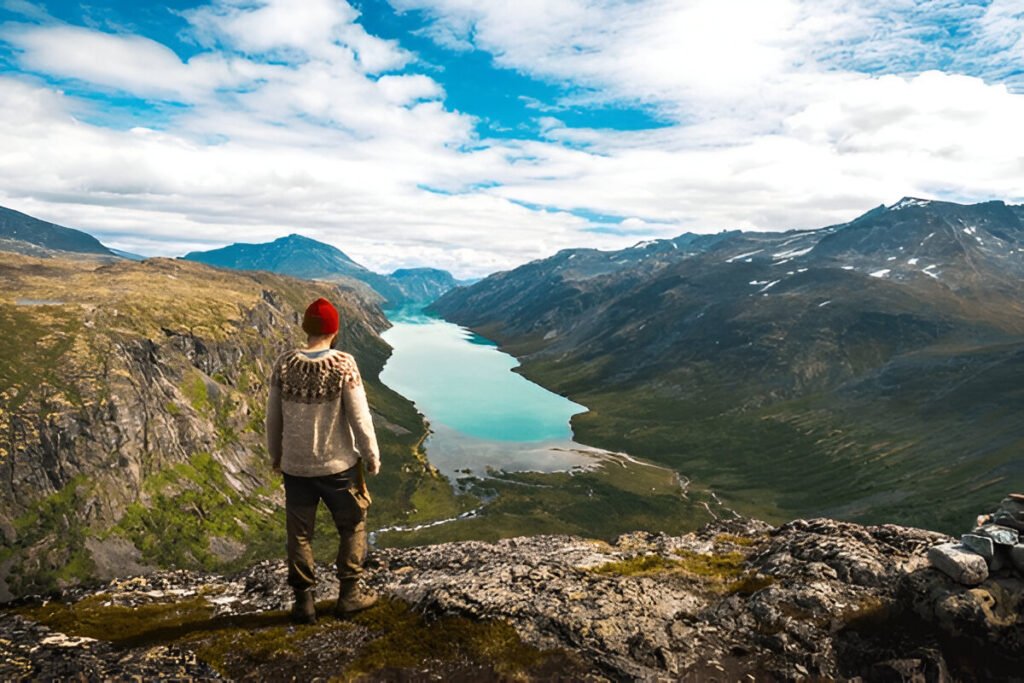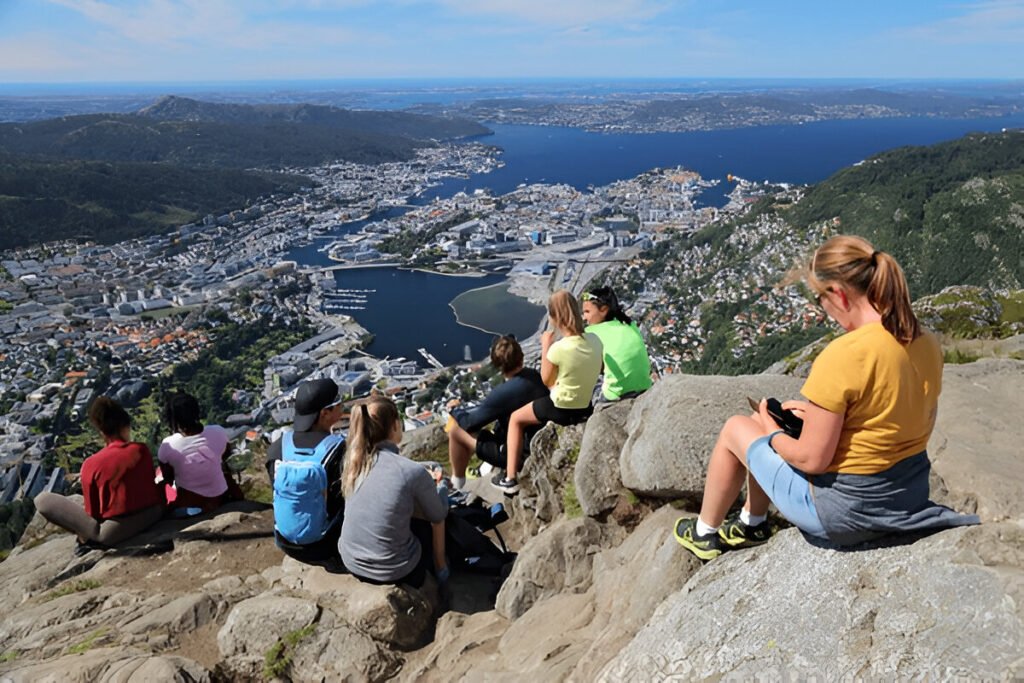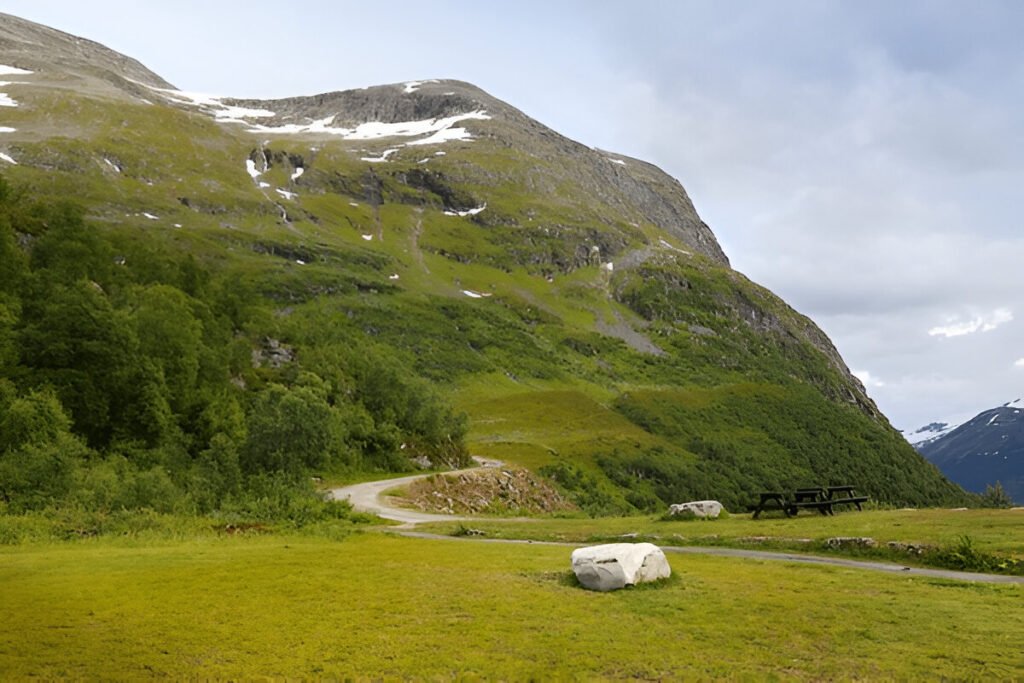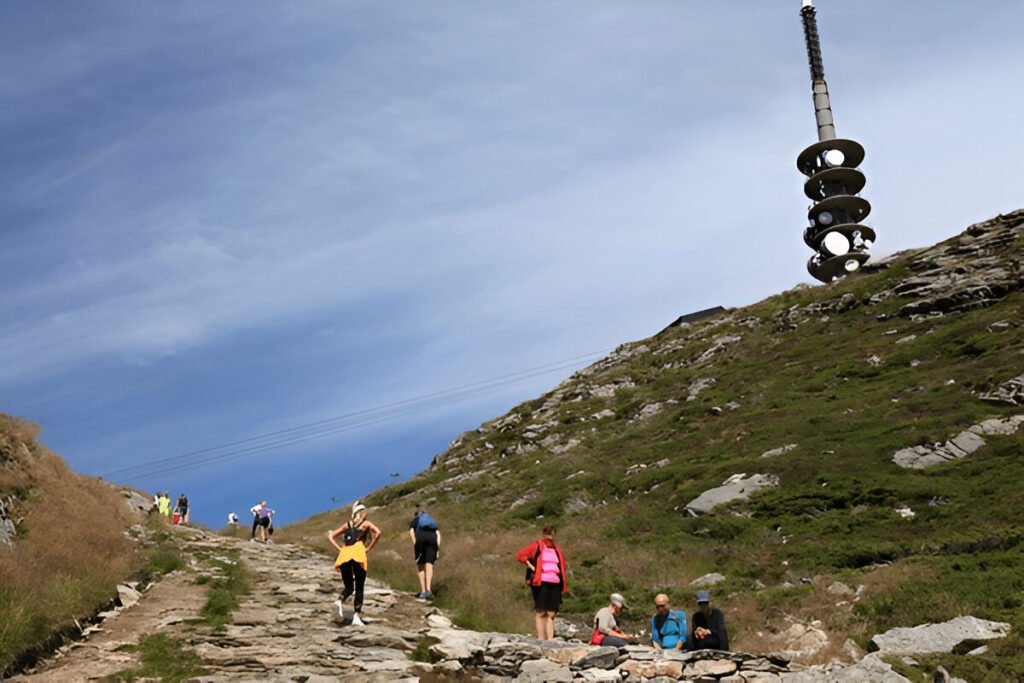Introduction
Friluftsliv, a term that translates to “open-air living” in English, is more than just a lifestyle—it’s a deep-rooted philosophy in Scandinavian culture that emphasizes the importance of connecting with nature. Originating in Norway in the 19th century, Friluftsliv has since become a cornerstone of Scandinavian life, particularly in countries like Sweden, Norway, and Finland. This concept is not just about spending time outdoors but is a holistic approach that integrates physical, mental, and spiritual well-being through a relationship with nature.
In this blog, we will explore the concept of Friluftsliv, its historical roots, how it manifests in modern-day Scandinavia, and how you can incorporate it into your own life. Whether you’re an outdoor enthusiast or someone looking for a deeper connection to nature, understanding Friluftsliv can inspire you to embrace the outdoors in a more meaningful way.
1. The Origins of Friluftsliv

The term Friluftsliv was popularized by the Norwegian playwright Henrik Ibsen in the 1850s, who used it to describe the lifestyle of spending time in nature. However, the practice itself has roots that go back much further in Scandinavian history. For centuries, Norwegians and other Scandinavians have valued outdoor living as a means of physical and mental rejuvenation.
In rural areas, nature was essential for survival, whether through hunting, fishing, or farming. Over time, as cities grew and life became more industrialized, Friluftsliv evolved from a necessity for survival into a cultural ideal. It became associated with personal well-being and connection to the natural world, offering respite from the pressures of urban life.
Today, Friluftsliv is ingrained in the daily routines of many Scandinavians, who view time spent outdoors not as a hobby, but as an essential part of living a balanced, fulfilling life.
2. Friluftsliv in Modern Scandinavian Society
In modern Scandinavia, Friluftsliv remains an integral part of daily life, regardless of the season. While winter may bring harsh weather conditions, it doesn’t deter Scandinavians from spending time outdoors. Instead, it strengthens their commitment to Friluftsliv, which is seen as a way to foster resilience and promote mental and physical health.
Outdoor Recreation Year-Round
In Scandinavian countries, outdoor activities like hiking, skiing, cycling, and fishing are commonly practiced year-round. Whether it’s a family outing in the forests of Sweden, skiing in the Norwegian fjords, or ice swimming in Finland, the emphasis is on being outside and embracing whatever nature offers, regardless of the season.
- Winter Activities: Friluftsliv doesn’t stop when the snow begins to fall. Scandinavians embrace winter with activities like cross-country skiing, snowshoeing, and ice fishing. Many also take part in “ice bathing” or winter swimming, a tradition that has been linked to mental health benefits and improved circulation.
- Summer Activities: In summer, Scandinavians flock to lakes and forests for hiking, camping, canoeing, and kayaking. The concept of “allemansrätten” (the right to roam) in Sweden, for example, allows people to freely explore public lands, making it easy for anyone to enjoy outdoor activities in the summer months.
Urban Friluftsliv
Friluftsliv is not confined to the countryside. In urban areas like Stockholm, Oslo, and Copenhagen, there is a strong emphasis on integrating nature into everyday life. Urban parks, green spaces, and waterfronts are designed to encourage outdoor activity. Many cities have bike lanes, walking trails, and public beaches that invite residents to spend time outdoors, even if they live in densely populated areas.
3. Health Benefits of Friluftsliv

Friluftsliv is about much more than just physical exercise; it also has profound benefits for mental and emotional well-being. In fact, the physical, mental, and social aspects of this philosophy are deeply interconnected.
Physical Health
Being outdoors promotes physical activity, whether it’s hiking, cycling, or simply walking. Outdoor activities in natural settings often involve a greater variety of movements and are more beneficial than indoor workouts. The Scandinavian approach to Friluftsliv encourages people of all ages to stay active throughout the year.
- Vitamin D: Spending time outdoors, especially in sunlight, helps boost Vitamin D levels, which is crucial for bone health, immune function, and mood regulation.
- Improved Cardiovascular Health: Regular outdoor activities like hiking and biking improve cardiovascular health by promoting heart health and reducing the risk of chronic diseases.
Mental Health
Nature has long been recognized for its calming and restorative effects. Studies show that time spent in nature can reduce stress, anxiety, and depression. The connection to nature is not only good for the body but also for the mind. Spending time outdoors in a peaceful environment can help clear the mind, improve focus, and boost creativity.
- Stress Relief: Friluftsliv encourages people to unplug from technology and enjoy the serenity of nature. This mindfulness aspect can greatly reduce stress levels, helping individuals cope better with the pressures of modern life.
- Mental Clarity: Many Scandinavians practice Friluftsliv as a form of meditation, finding clarity and mental peace while immersed in nature.
Social Well-Being
Friluftsliv is also a social activity. Many outdoor pursuits are family-oriented, such as hiking, picnicking, and skiing. It provides an opportunity for families and friends to connect, away from the distractions of technology and daily life. Social bonds are strengthened through shared outdoor experiences, creating a sense of community and belonging.
4. Friluftsliv and Sustainability

Sustainability is at the core of Friluftsliv. The philosophy encourages individuals to live in harmony with the environment, practicing eco-friendly habits and advocating for the preservation of natural spaces. The Scandinavian countries are known for their commitment to environmental sustainability, and this attitude is reflected in the outdoor culture.
- Leave No Trace
One key principle of Friluftsliv is to leave no trace. This means taking responsibility for one’s impact on nature, including cleaning up after outdoor activities, respecting wildlife, and following local guidelines for outdoor recreation. Scandinavian countries emphasize environmental responsibility, and many outdoor trails are designed to minimize the environmental footprint of visitors.
- Conservation Efforts
Scandinavia has a strong tradition of environmental conservation. National parks, nature reserves, and protected wilderness areas are abundant in the region, ensuring that future generations can continue to experience the beauty of the natural world. The philosophy of Friluftsliv aligns with these conservation efforts, promoting a sustainable relationship between humans and nature.
5. How to Embrace Friluftsliv in Your Life

If you want to experience the benefits of Friluftsliv, you don’t have to live in Scandinavia to do so. Incorporating this concept into your own life can be simple, regardless of where you live. Here are some tips on how to embrace Friluftsliv:
- Get Outside Regularly
The core of Friluftsliv is spending time outdoors. Make a habit of going outside every day, even if it’s just for a short walk. Try to explore different natural settings, from forests and mountains to parks and lakes.
- Engage in Outdoor Activities
Friluftsliv encourages active engagement with nature. Hiking, cycling, kayaking, or even swimming are great ways to connect with nature while staying active. Don’t be afraid to try new outdoor activities—whether it’s winter sports like skiing or simply birdwatching.
- Disconnect from Technology
To fully experience the mental health benefits of Friluftsliv, it’s essential to disconnect from technology. Leave your phone behind or put it on airplane mode to immerse yourself in the present moment and fully appreciate the beauty of nature.
- Make Outdoor Time Social
Friluftsliv is often a social activity. Plan outdoor outings with friends and family, whether it’s a weekend camping trip, a hike in the mountains, or a simple picnic in the park. These shared experiences will deepen your connection to nature and strengthen your relationships.
- Practice Sustainability
Incorporate sustainable practices into your outdoor activities. Follow the principles of “Leave No Trace,” pack out all trash, respect wildlife, and support conservation efforts in your local area.
Conclusion

Friluftsliv is more than just a Scandinavian tradition; it’s a way of life that fosters physical, mental, and emotional well-being. By connecting with nature, embracing outdoor activities, and prioritizing sustainability, Scandinavians have found a holistic approach to living that benefits both individuals and communities. Whether you’re hiking in the forest, skiing in the mountains, or simply taking a walk in the park, Friluftsliv offers a profound way to enrich your life. By adopting this lifestyle, you too can experience the transformative power of nature and its ability to nurture both body and soul.











